Basaglar Cartridges
€350.00
The Basaglar 100 Units/ml Cartridge is considered long-lasting insulin used to treat type 1 and type 2 diabetes. It delivers a steady flow of insulin throughout the day to effectively control blood glucose (sugar) levels to prevent complications from diabetes.
This type of insulin is a manufactured form that replaces insulin typically produced by the body and delivers glucose to the cells to use as energy. By lowering blood sugar levels, you can avoid diabetes complications such as eye damage, nerve problems, damage to the organs, or loss of limbs.
If you stop taking this medication altogether, you may experience complications such as high blood sugar levels.
Doctors generally prescribe this popular diabetes cartridge to accompany fast-acting insulin (such as Apidra or Fiasp) or other diabetes medications. Follow directions as instructed on the pack inside or as prescribed by your doctor. Dosages and duration should be based on a patient’s situation. Never skip or change your dose.
Ensure you are correcting the right type of insulin cartridge, as there are numerous types of cartridges on the market (including Novolin, Levemir and Lantus). Please read your prescription carefully before ordering. Make sure your cartridges are loaded into the appropriate injection pen.
This medication should be used alongside your doctor’s healthy diet and regular exercise program to maximize results.
Your doctor or nurse should show you how to administer the injection subcutaneously (under the skin) into the thigh, abdomen, or deltoid. Use a different spot for injection every time to avoid any pitting, thickened skin, or lumps.
If you have low blood sugar levels, do not take this medication. It’s essential to inject the
correct dosage, monitor blood sugar levels regularly and have regular meals.
Notify your doctor if you have kidney, heart, or liver problems. If you are pregnant your breastfeeding, you should advise your doctor before using it.
Do not drink excessive alcohol while taking this medication, as it can lead to a dangerously low blood sugar level.
Warnings and Precautions
Hypoglycemia (low blood sugar) is the most common adverse effect of insulin, including Basaglar. Glucose monitoring is recommended for all patients with diabetes. Uncorrected hypoglycemic or hyperglycemic reactions can cause loss of consciousness, coma, or death.
Any change of insulin regimen should be made cautiously and only under medical supervision. Basaglar should not be used for intravenous or intramuscular administration.
Basaglar must not be mixed with any other insulin or diluted with any other solution because it might not work as intended. Basaglar shall not be used if it is not water-clear and colorless or if it has formed a deposit of solid particles on the cartridge wall.
Side Effects
Common side effects of Basaglar include low blood sugar (hypoglycemia), allergy activation (see allergic reactions tab for more information), injection site reactions, body fat redistribution, itching, rashes, swelling, weight gain, upper respiratory tract infection, runny or stuffy nose, back pain, cough, urinary tract infection, diarrhea, depression, or headache.
Serious side effects from Basaglar aren’t common, but they can occur. Call your doctor right away if you have serious side effects. Call 911 if your symptoms feel life-threatening or if you think you’re having a medical emergency.
Serious side effects and their symptoms can include the following: headache, confusion, anxiety, drowsiness, hunger, irritable mood (being easily upset), sweating, fast heartbeat, seizures, coma, fatigue (lack of energy), feeling weak, muscle cramps, abnormal heart rhythm, respiratory failure and paralysis.
If you experience side effects and are having trouble dealing with them, please contact your health care provider and notify them.
Description
- The Basaglar 100 Units/ml Cartridge is considered long-lasting insulin used to treat type 1 and type 2 diabetes. It delivers a steady flow of insulin throughout the day to effectively control blood glucose (sugar) levels to prevent complications from diabetes.
This type of insulin is a manufactured form that replaces insulin typically produced by the body and delivers glucose to the cells to use as energy. By lowering blood sugar levels, you can avoid diabetes complications such as eye damage, nerve problems, damage to the organs, or loss of limbs.
If you stop taking this medication altogether, you may experience complications such as high blood sugar levels.
Doctors generally prescribe this popular diabetes cartridge to accompany fast-acting insulin (such as Apidra or Fiasp) or other diabetes medications. Follow directions as instructed on the pack inside or as prescribed by your doctor. Dosages and duration should be based on a patient’s situation. Never skip or change your dose.
Ensure you are correcting the right type of insulin cartridge, as there are numerous types of cartridges on the market (including Novolin, Levemir and Lantus). Please read your prescription carefully before ordering. Make sure your cartridges are loaded into the appropriate injection pen.
This medication should be used alongside your doctor’s healthy diet and regular exercise program to maximize results.
Your doctor or nurse should show you how to administer the injection subcutaneously (under the skin) into the thigh, abdomen, or deltoid. Use a different spot for injection every time to avoid any pitting, thickened skin, or lumps.
If you have low blood sugar levels, do not take this medication. It’s essential to inject the
correct dosage, monitor blood sugar levels regularly and have regular meals.
Notify your doctor if you have kidney, heart, or liver problems. If you are pregnant your breastfeeding, you should advise your doctor before using it.
Do not drink excessive alcohol while taking this medication, as it can lead to a dangerously low blood sugar level.
Warnings and Precautions
Hypoglycemia (low blood sugar) is the most common adverse effect of insulin, including Basaglar. Glucose monitoring is recommended for all patients with diabetes. Uncorrected hypoglycemic or hyperglycemic reactions can cause loss of consciousness, coma, or death.
Any change of insulin regimen should be made cautiously and only under medical supervision. Basaglar should not be used for intravenous or intramuscular administration.
Basaglar must not be mixed with any other insulin or diluted with any other solution because it might not work as intended. Basaglar shall not be used if it is not water-clear and colorless or if it has formed a deposit of solid particles on the cartridge wall.
Side Effects
Common side effects of Basaglar include low blood sugar (hypoglycemia), allergy activation (see allergic reactions tab for more information), injection site reactions, body fat redistribution, itching, rashes, swelling, weight gain, upper respiratory tract infection, runny or stuffy nose, back pain, cough, urinary tract infection, diarrhea, depression, or headache.
Serious side effects from Basaglar aren’t common, but they can occur. Call your doctor right away if you have serious side effects. Call 911 if your symptoms feel life-threatening or if you think you’re having a medical emergency.
Serious side effects and their symptoms can include the following: headache, confusion, anxiety, drowsiness, hunger, irritable mood (being easily upset), sweating, fast heartbeat, seizures, coma, fatigue (lack of energy), feeling weak, muscle cramps, abnormal heart rhythm, respiratory failure and paralysis.
If you experience side effects and are having trouble dealing with them, please contact your health care provider and notify them.
Basaglar TM
You should seek medical advice in relation to medicines and use only as directed by a healthcare professional. Always read the label. If symptoms persist see your healthcare professional.
Active ingredients: insulin glargine
Brand name
(ARTG)
: BASAGLAR insulin glargine (rbe) 100 IU/mL solution for injection cartridge
What this medicine is used for
(ARTG)
Insulin glargine is an insulin analogue indicated for once-daily subcutaneous administration in the treatment of type 1 diabetes mellitus in adults and children and type 2 diabetes mellitus in adults who require insulin for the control of hyperglycaemia.
How to use this medicine
(ARTG)
This medicine contains one component only.
Component :
- Injection, solution
- Subcutaneous
- Clear to colourless solution
Storage conditions
(ARTG)
- Store at 2 to 8 degrees Celsius
- Protect from Light
- Do not Freeze
- Discard 4 weeks after opening
- Shelf lifetime is 2 Years.
Do I need a prescription ?
(ARTG)
These medicine packs are available from a pharmacist and requires a prescription. It is
- 1 pack
- 10 pack
- 2 pack
- 5 pack
Over 65 ?
(AHT)
This medicine contains the active ingredients:
If you are over 65 years of age, there may be specific risks and recommendations for use of this medicine. Please discuss your individual circumstances with your pharmacist, doctor or health professional. For more information read our page on medication safety for older people.
Pregnant or planning a pregnancy ?
(AHT)
For the active ingredient insulin glargine
You should seek advice from your doctor or pharmacist about taking this medicine. They can help you balance the risks and the benefits of this medicine during pregnancy.
Reporting side effects
You can help ensure medicines are safe by reporting the side effects you experience.
You can report side effects to your doctor, or directly at www.tga.gov.au/reporting-problems
Healthdirect 24hr 7 days a week hotline
24 hour health advice you can count on
Government Accredited with over 140 information partners

Healthdirect Australia acknowledges the Traditional Owners of Country throughout Australia and their continuing connection to land, sea and community. We pay our respects to the Traditional Owners and to Elders both past and present.
© 2025 Healthdirect Australia Limited

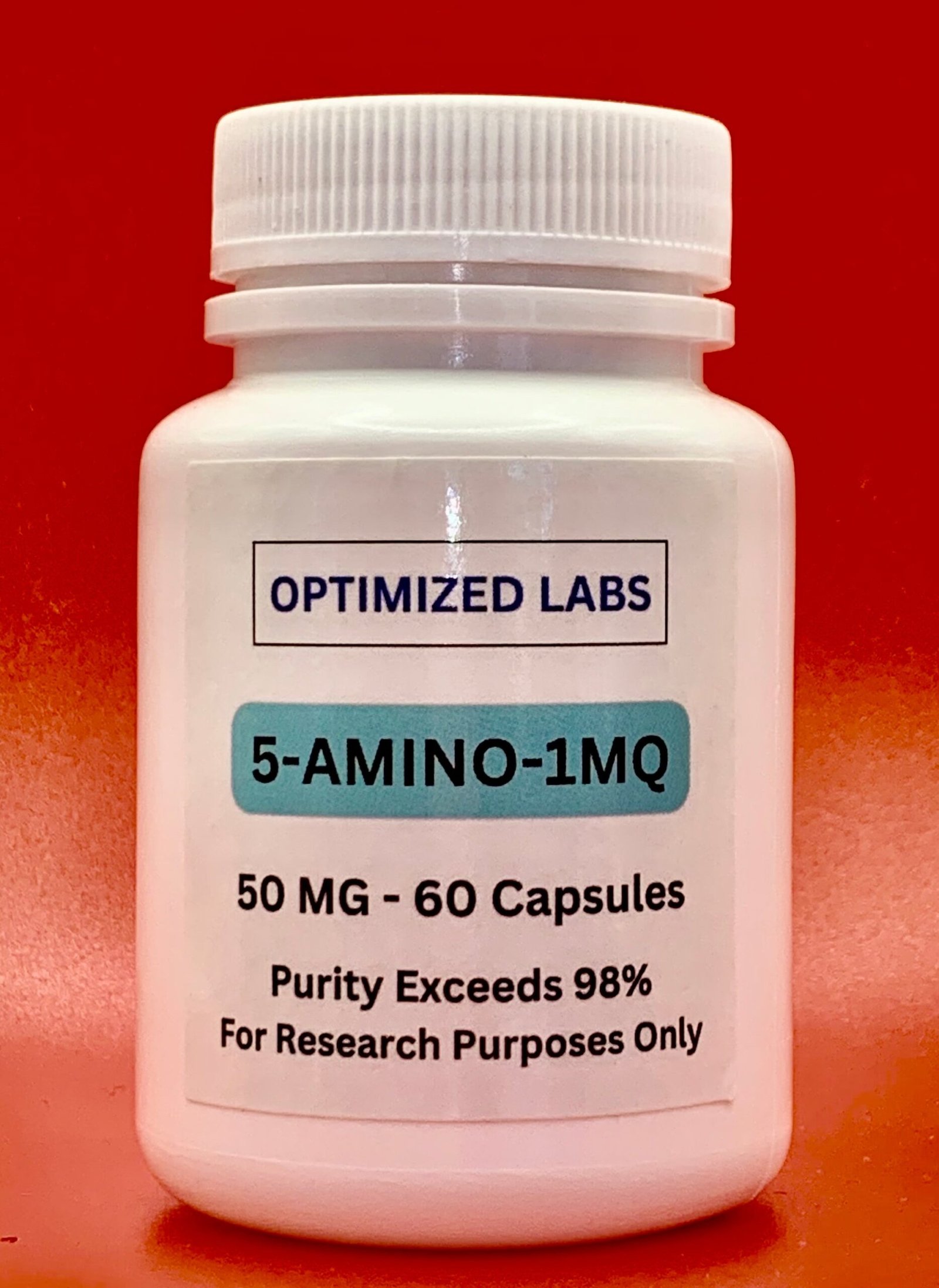
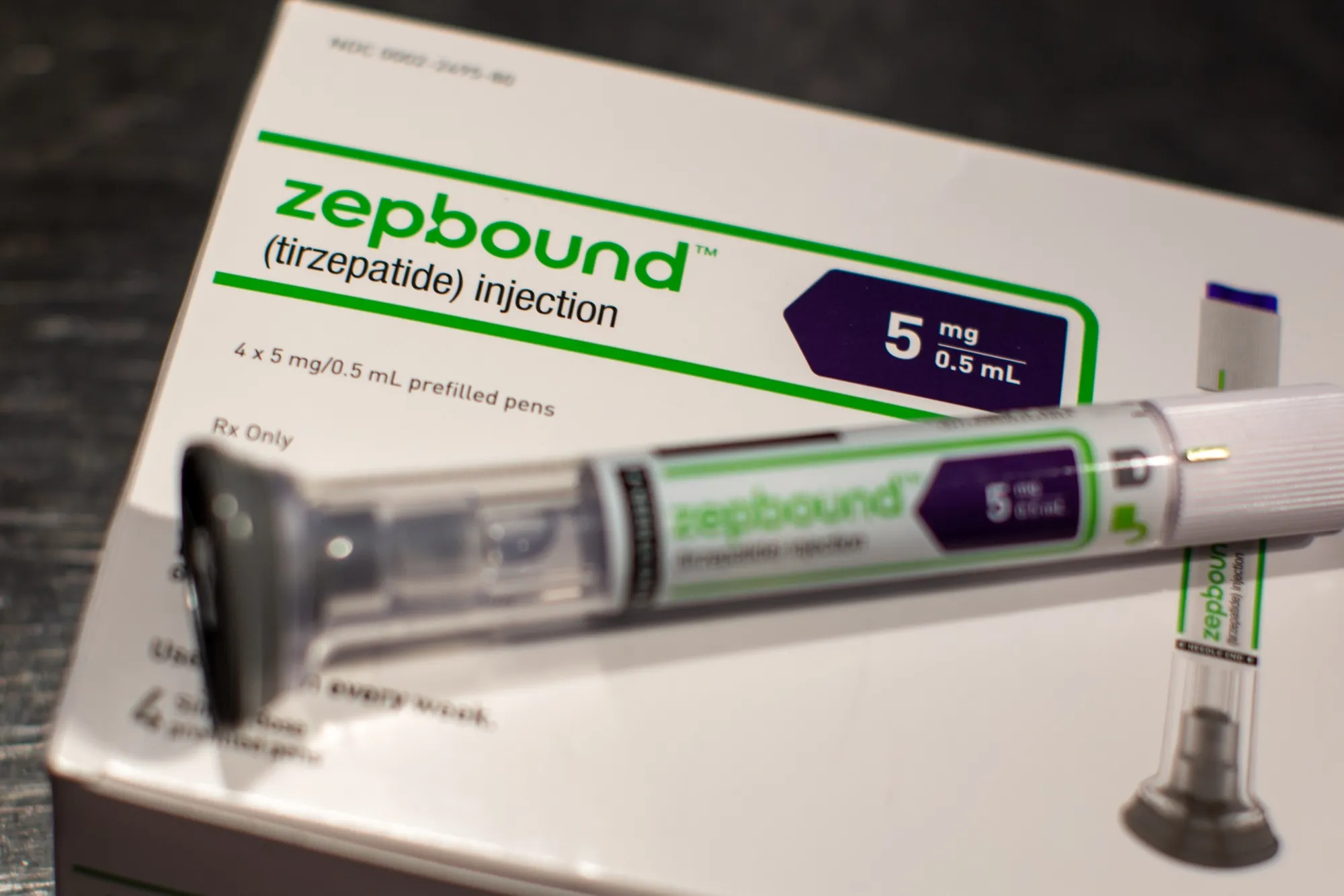
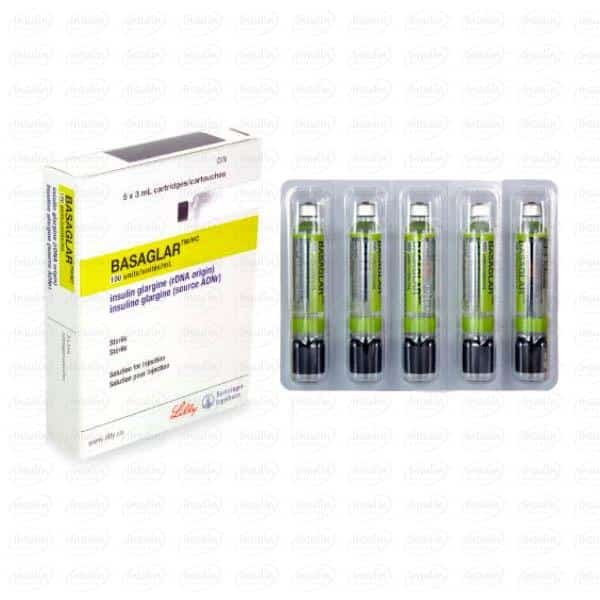








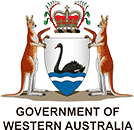
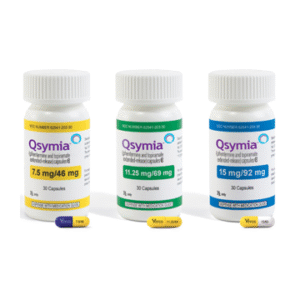
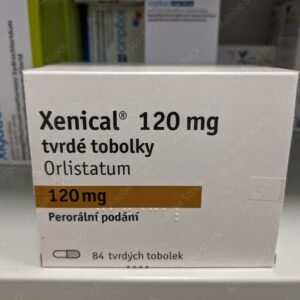
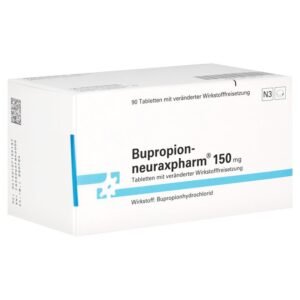
Novena T –
Basaglar has been a steady and reliable insulin for me. My blood sugars are more balanced now, especially overnight. The cartridges are easy to load into my pen, and they don’t leak like others I’ve tried. Delivery was quick and the price was better than my local pharmacy.
Oscar D –
I switched to Basaglar cartridges from Lantus and haven’t looked back. Same effectiveness but much more affordable. My A1C dropped significantly over the last 3 months. Fast shipping and great service—highly recommend.
Eli –
I’ve been using Basaglar for 6 months now and I love the consistency. It works well throughout the day with fewer highs and lows. The cartridges are super convenient to use with my pen. Got mine delivered in just 2 days, which was amazing.
Renzo –
Basaglar cartridges keep my glucose in check without wild swings. No issues with clogging or misfires either, which I’ve had before with other brands. Arrived securely packaged and right on time. Happy with both the product and the service.
tlovertonet –
Helpful info. Fortunate me I discovered your site by chance, and I’m shocked why this coincidence didn’t happened earlier! I bookmarked it.